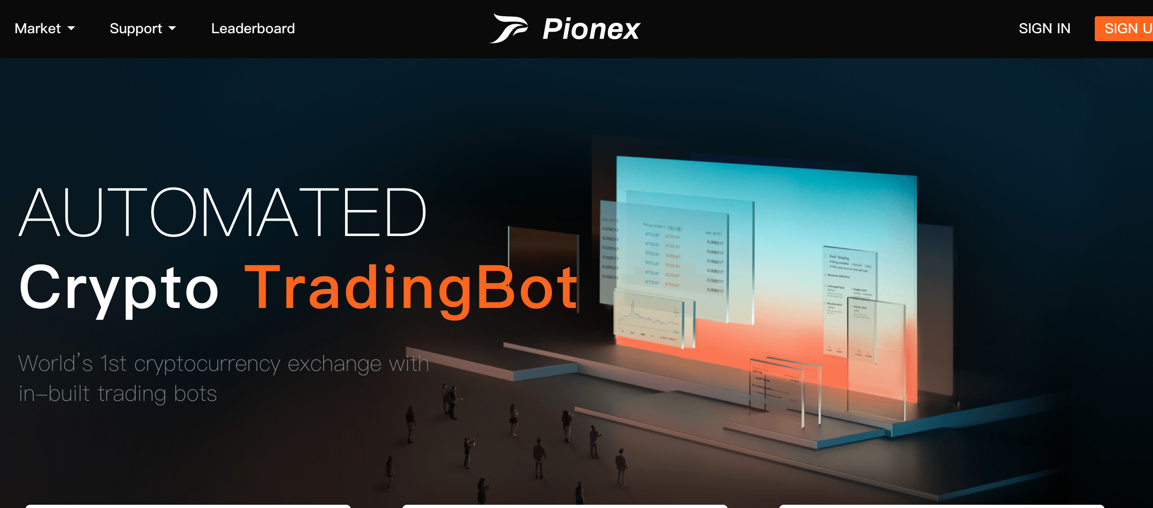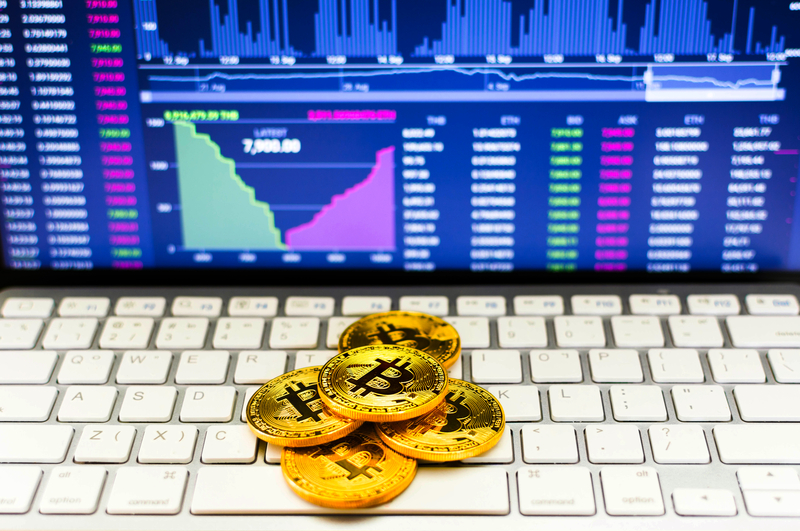Recommended Ideas For Deciding On Automated Systems
Wiki Article
What Is Automated Trading?
Automated trading systems are also called black-box or algorithmic, and use mathematical algorithms to make trades based on certain conditions. Automated systems for trade execution allow for trades to be executed in a way that is completely automated, without the intervention of human beings.
Trade rules- Automated trade systems are programmed to follow certain rules of trading. They decide the time to start or end trades.
Data input - Automated trading Systems process large quantities of market data in real-time and use the information to make trading decisions.
Execution - Automated trade execution systems can execute trades at speeds, with frequency and in a way that is impossible for an individual trader.
Risk management - Automated trading systems are able to be programmed to apply risk management strategies, such as stop-loss orders and position sizing, to control potential losses.
Backtesting - Before the trading platform is implemented it is able to be tested back in order to assess its performance and pinpoint potential issues.
Automated trading systems have the advantage of being able to make trades with speed and efficiency without human intervention. Automated trading systems process large amounts in real-time and make trades based upon a set rules and conditions. This will help to decrease emotional impact and boost trading performance.
Automated trading systems come with dangers, including malfunctioning systems, erroneous trading rules , and the lack of transparency. Before deploying an automated trading system for live trading, it is crucial to test it thoroughly. Take a look at the best rsi divergence cheat sheet for website info including cryptocurrency trading, emotional trading, backtesting software forex, cryptocurrency trading bot, best trading bot, crypto backtesting platform, stop loss, trade indicators, stop loss crypto, automated software trading and more.

What Exactly Is An Automated Trading Platform Operate?
Automated trading systems make use of massive amounts of market information to make trades on the basis of specific rules and circumstances. This process is broken down into these steps to define the strategy for trading - This is the initial step to determine the trading strategy. It contains the rules and regulations that will determine when trades are open and closed. This can include indicators such as moving averages as well as other indicators such price action or news events.
Backtesting- Once the trading strategy has been established, the next step is back-testing the strategy against previous market data to gauge its performance and find any problems. This is an important step since it lets traders know how the strategy has performed in the past, and make any necessary adjustments prior to the strategy is put into practice in live trading.
Coding- Once the trading strategy has been backtested and verified, it can be codified into an automated trading platform. The process is the process of writing the rules and the conditions of the strategy in an appropriate programming language such as Python or MQL (MetaTrader Language).
Data input - Trading platforms that are automated require real-time market data for making trading decisions. This information is typically obtained from a data feed supplied by a market vendor.
Execution of trades - Once all the market data have been processed, and all conditions for a trading contract met, the automated system will be able to execute an order. This includes sending the trade instructions directly to the broker.
Monitoring and reporting: Automated trading systems usually come with monitoring and reporting functions which allow traders to monitor the performance of the system and pinpoint any issues that may occur. This includes real-time monitoring and alerts in case of unusual market activity.
Automated trading is possible within milliseconds. This speed is far quicker than the time it takes an individual trader to process the data and make trades. The speed and accuracy of these systems could result in more reliable and effective trading results. To make sure that the system is operating correctly and is meeting your goals in trading, however, it is essential to verify and test the system prior to implement it in live trading. See the most popular backtester for website examples including backtesting trading strategies, trading indicators, crypto strategies, best cryptocurrency trading bot, crypto bot for beginners, algorithmic trading, best free crypto trading bot 2023, algo trading, backtesting trading strategies, rsi divergence and more.

What Happened During The 2010 Flash Crash
The 2010 Flash Crash was a sudden and severe stock market crash that took place on the 6th of May, 2010. The Flash Crash of 2010 was a sudden and serious stock market crash that occurred on May 6, 2010. These factors included-
HFT (high-frequency trades)HFT (high-frequency trading) HFT algorithms used complex mathematical models and market data to make trades. These algorithms executed large volumes of trades, which led to market instability and increased selling pressure following the flash crash.
Order cancellations - HFT algorithms were designed to stop orders in the event that the market moved in a direction that was not favorable and this caused further selling pressure in the flash crash.
Liquidity- The crash was also caused by a lack of liquidity. Many market makers and other market participants pulled out temporarily during the crash.
Market structure - Due to the complex and fragmented nature of the U.S. stock exchange, there was no way for regulators to react immediately to the crash.
The financial markets suffered massive damage as a result of the flash crash. It caused huge losses for investors and participants and a decrease in confidence in the stability and sustainability of the stock market. To increase the stability of the stock market, regulators introduced several measures, such as circuit breakers. These temporarily halt trading in stocks during extreme volatility , and also increase transparency. Follow the top rated algorithmic trading strategies for site examples including divergence trading forex, trading psychology, forex backtesting software, algo trading, backtesting software free, are crypto trading bots profitable, algorithmic trading strategies, crypto daily trading strategy, best free crypto trading bot, best trading bot and more.
